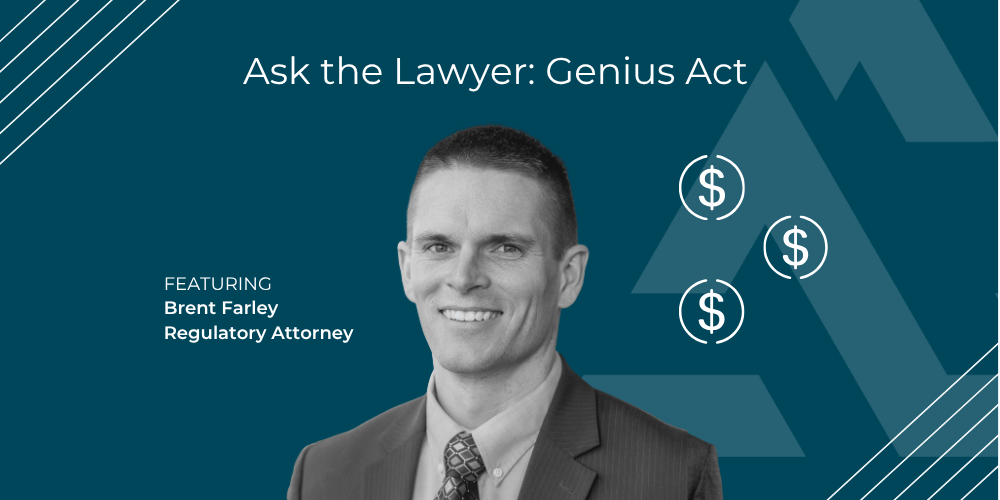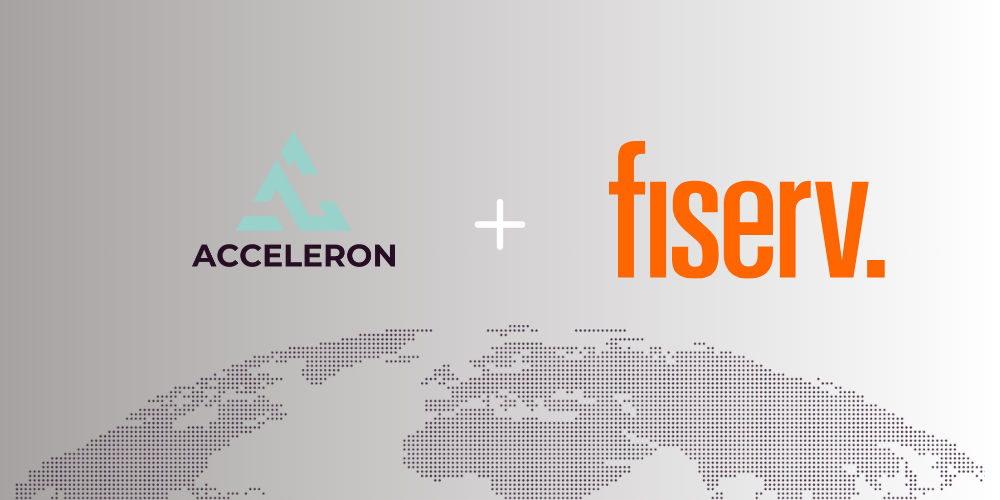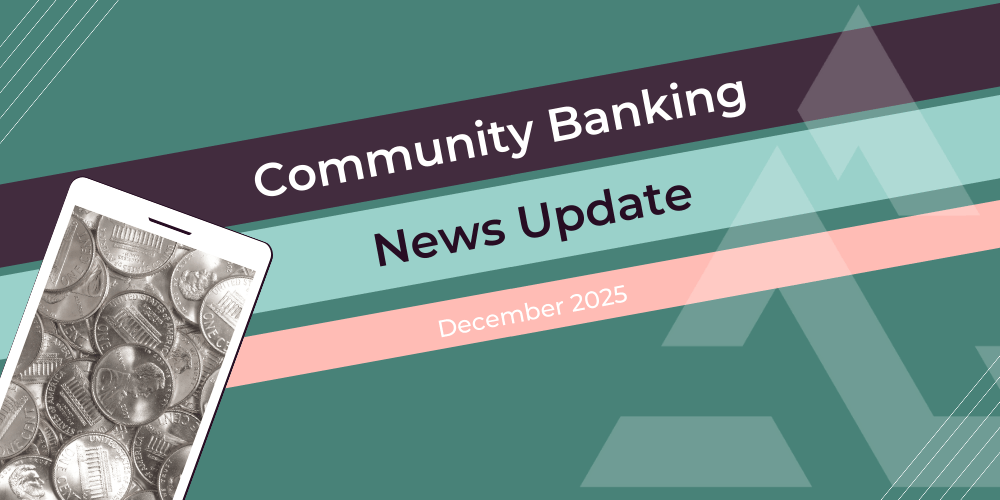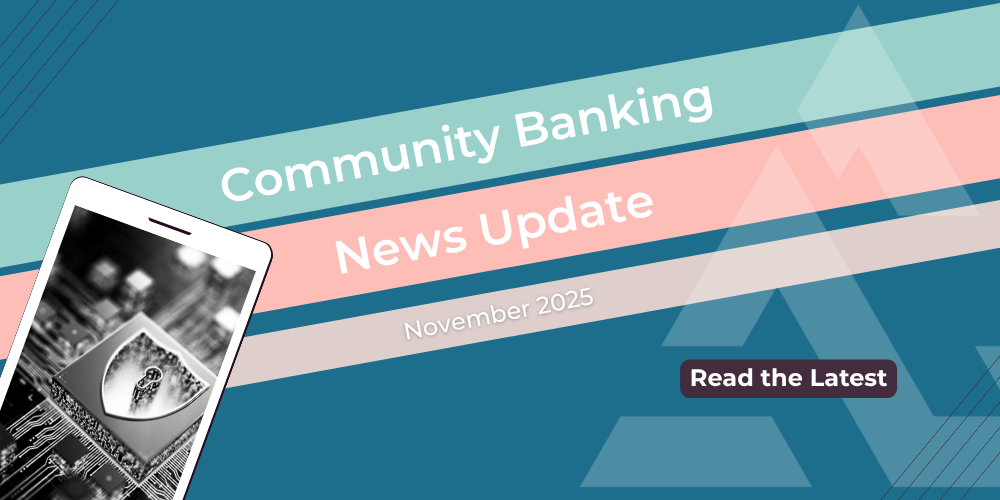For community bankers wondering how to engage stablecoins: here’s what to know about emerging use cases, and where to start evaluating opportunities safely.
Community bankers are asking the same question in boardrooms and at conferences: Are stablecoins finally something we need to take seriously? If so, where do we start? To get a grounded answer, we spoke with Brent Farley, Managing Member at Farley Law, a regulatory attorney who helps banks and fintech companies develop new services and business lines. Farley has been in active conversation with institutions about stablecoins. Here’s what he thinks banks and credit unions need to know to navigate this new payment option.
Stablecoin history: from caution to green light
For years, regulators pushed banks away from digital assets. During the Biden administration, banks had to seek preapproval before engaging in crypto or stablecoin activities, with consent orders and supervisory pressure discouraging adoption. The result: most institutions stayed on the sidelines.
That changed in 2025. Early in the year, the Office of the Comptroller of the Currency (OCC) rescinded its restrictive guidance, removing the preapproval requirement. Then came the GENIUS Act in July, which established a long-awaited federal framework for issuing payment stablecoins.
In August, regulators sought public comment on how Bank Secrecy Act and anti-money laundering obligations should apply. And by mid-September, an advance notice of proposed rulemaking signaled that detailed rules are on the way. The rulemaking process is in progress and community banks have an important window to influence how those rules take shape. The comment period will close on November 4, 2025.
Read more about stablecoin risks:
Why banks must speak up about stablecoins now
Farley stresses that this is not the time for community banks to sit back and wait. The definitions and obligations written in the first round of rulemaking will decide who falls under the new regime, which activities are covered, and how compliance is measured.
“Definitions drive coverage,” he explains. “If your business model isn’t clearly reflected in the way regulators define a ‘payment stablecoin,’ you could find yourself either excluded from protections or saddled with requirements that don’t fit your operations.”
That’s why submitting comments matters. The early drafts may look bland or technical, but this is where scope gets set. Bankers who take the time to describe their real-world use cases, whether it’s offering an on/off-ramp, holding reserves, or supporting merchant acceptance, can help ensure rules are written with community institutions in mind.
If community banks stay silent, they risk living under definitions written by and for the largest players, Farley says. But if they speak up now, they can shape a regulatory framework that levels the playing field and creates practical opportunities instead of unintended burdens.
Where community banks can play a role
The biggest opportunities for community banks are not in issuing flashy new coins, but in performing familiar roles on new rails. Consider:
- Reserve holding. Issuers need high-quality reserves. Banks can earn yield on balances held in Treasuries or at the Fed.
- FDIC Insured storage. Customers want the option to convert stablecoins back into insured deposits.
- Exchange services. Compliant fiat–stablecoin on/off-ramps generate spread, fee, and float income.
- Tokenized deposits. Banks can use tokenization to enable after-hours settlement without disrupting core deposit relationships.
- Custody and recordkeeping. Wallet custody, ledger services, and programmable treasury tools are natural extensions of existing services.
- Merchant acceptance. Just as banks once enabled credit card acceptance, they can facilitate stablecoin acceptance for business customers.
The common thread: these are revenue opportunities that fit into banking’s traditional strengths.
Real-world stablecoin use cases emerging
Stablecoins are already finding traction in cross-border payments. For example, Vantage Bank in Texas, working with a Custodia Bank, is using stablecoins to help a trucking company pay drivers daily as they move between the U.S. and Mexico. The approach cuts delays and foreign exchange costs, exactly the type of pain point where new rails make sense.
Other promising use cases include:
-
After-hours settlement. Tokenized deposits or stablecoins allow funds to move when legacy windows are closed.
-
Treasury automation. Programmable payments simplify disbursement and reconciliation.
-
Riskier payment corridors. In markets where cash or wires are costly, slow, or prone to fraud, stablecoins offer a more secure option.
Importantly, these are incremental improvements, not replacements. Wires, cards, and ACH will continue to dominate in familiar workflows. Stablecoins will coexist, serving where they are faster, cheaper, or safer.
The compliance lens for stablecoins
Of course, finality cuts both ways. A stablecoin transfer on a blockchain is usually irreversible, unlike some wires that can be recalled quickly in cases of fraud. That means more emphasis on verifying sender and recipient before funds move.
Community banks should watch how regulators balance AML expectations with operational realities. The good news: this is the stage of rulemaking when proportional compliance standards can be influenced. “It’s not about rewriting your playbook overnight,” Farley says, “but about ensuring the rules work for banks your size.”
Banking industry signals
The momentum isn’t limited to regulators. Large players are positioning for a stablecoin-enabled future:
-
Stripe acquired Bridge, a stablecoin infrastructure provider, signaling plans to make stablecoin payments as developer-friendly as card payments.
-
Citi is developing tokenized deposits to improve internal settlement.
-
Core providers like FIS are partnering with Circle, creating potential plug-in access for community institutions rather than leaving them dependent on big banks. Fiserv has issued launched a digital asset platform, including a new stablecoin (FIUSD).
These moves suggest community banks won’t have to build everything from scratch. The role will be choosing the right partners and owning the customer relationship.
Read about Acceleron's integration with Fiserv:
What community FIs should be asking now
Farley suggests community banking boards and executives start with practical questions:
-
What additional services could we offer by supporting stablecoins?
-
Could stablecoins attract new customer segments, from tech-savvy businesses to cross-border workers?
-
How can we ensure stablecoin flows translate into stable deposits?
-
Where can stablecoin rails reduce settlement friction without disrupting existing wire workflows?
-
Which partnerships give us the safest and fastest path to market?
Stablecoins are not a panacea, but neither are they a passing fad. They represent a programmable, faster, and potentially cheaper rail that can complement existing payments infrastructure. With the GENIUS Act in place and rulemaking open, community banks and credit unions have a rare window to shape the regulatory framework, decide where they want to play, and capture new sources of non-interest income.
Farley’s advice: don’t dismiss stablecoins, but don’t overhype them either. Look for pain points, pilot thoughtfully, and make your voice heard in the rulemaking process.
Acceleron is a modern correspondent banking technology platform that empowers community banks and credit unions to automate international wire transfers, capture non-interest income, and compete more effectively with big banks. With a foreign exchange (FX) marketplace and currency conversion engine, Acceleron’s API-first infrastructure helps institutions turn cross-border payment flows into efficient, revenue-generating opportunities. Serving over 200 financial institutions and facilitating more than $1 billion in international payments annually, our correspondent banking services and international payment automation solutions are pre-integrated seamlessly with Fiserv Payments Exchange, Aptys, Braid, and other leading payments platforms.
Subscribe to our monthly newsletter, "The Exchange," to stay in the know and get original content and insights you won't find anywhere else!
 Daisy Lin, Head of Marketing, Acceleron
Daisy Lin, Head of Marketing, Acceleron

.png)



